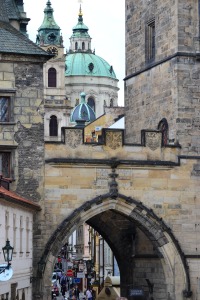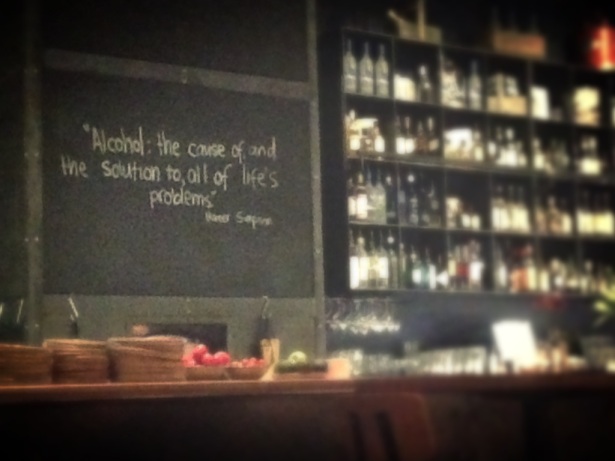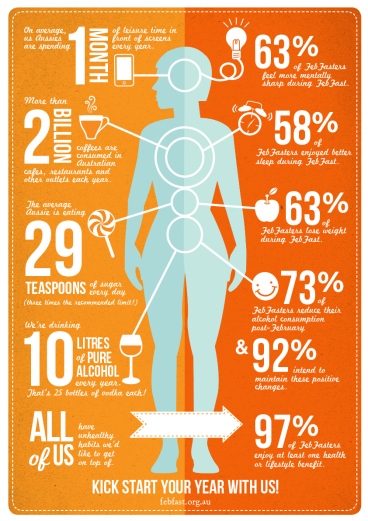While it may appear on the surface to be a cultural voyage / family saga, Jhumpa Lahiri’s first novel, The Namesake defies such simple definition. It is, rather, a skilled and multi-layered exploration of identity, acceptance and belonging, which gave me cause to reflect on the different worlds we inhabit and the names we have to live up to.
The first 32 years of Gogol Ganguli’s life are spent trying to forge a path between the values lovingly instilled by his Bengali parents, Ashima and Ashoke, and his own experiences of growing up in suburban America. As the title suggests, in Gogol’s endeavors to ‘fit in,’ he feels let down by his peculiar and awkward name. Neither Bengali or American, the name is bestowed on him as a ‘pet name’ while his parents wait for his ‘proper name’ to arrive by post from his grandmother in Calcutta. But, through a series of unfortunate events the letter never arrives and the name, Gogol, sticks. For his parents, this mishap represents a lesson learned:
‘They’ve learned that schools in America will ignore parents’ instructions and register a child under his pet name.’ (p.61)
For fourteen year old Gogol, the origins of his name – Russian writer, Nikolai Gogol whose work is of special significance to his father, Ashoke – only adds to his growing sense of resentment towards it.
‘He hates that his name is both absurd and obscure, that it has nothing to do with who he is, that it is neither Indian or American but of all things Russian. He hates having to live with it, with a pet name turned good name, day after day, second after second.’ (p.76)
The book is, as you would expect, laden with pertinent, and often heartbreaking, examples of Gogol rejecting aspects of his cultural heritage. Equally though, it is about how we relate to our parents in the process of becoming who we are. It made me think about my own experiences of getting an education and setting on a different path to my family, albeit with their moral support. I began to react, implicitly and overtly, against some of their values and life choices, creating a distance that has never been fully overcome. I therefore appreciate the sensitive way in which Lahiri represents the dilemmas and the inner conflicts experienced by the children (in this case, of migrants) and, equally, their parents who sacrifice so much.
Lahiri’s writing is beautiful, vivid and textured, as you’d expect from a Pulitzer Prize winning author. But, like Ashima trying to recreate her favourite Calcutta street snack with a concoction of American ingredients, I couldn’t help but feel there’s something missing.
The plot is fairly simple. It works insofar as Lahiri is not trying to tell an extraordinary tale about exceptional people. She is grappling instead with the very ordinary and universal question about what it means – or what it takes – to accept ourselves (and all the things that make us who we are). But it lacks momentum.
Perhaps the biggest let down is the character development. Ashima and Ashoke are described in such authentic detail that I felt this was as much a book about their journey as it was about their son’s. But I am far more ambivalent towards Gogol himself. Despite bearing witness to the many different phases of his life, he is so often sulky and distant that I never really felt anything more than token amounts of sympathy towards him. Other characters, but especially his female partners, appear superficial and clichéd. The telling of Gogol’s relationship with his sister is, frustratingly, uneven.
Despite these shortcomings, I would recommend The Namesake as an enjoyable piece of literature. Its reasonably short chapters deliver a satisfying read on daily train commutes to work. For me, it made a perfect companion for a winter escape to the country.
Lahiri, Jhumpa. (2003) The Namesake. Fourth Estate, London.

 Turning right from our apartment, we walked less than 100m to the Charles Bridge. Despite being cram packed with tourists, the views across the Vltava River left us speechless. Walking into the Old Town via rambling cobblestoned streets, passing ornate Medieval, Baroque, and Renaissance buildings, street vendors, buskers and beggers, we immediately felt as though we were in another world: this was the Europe we had dreamt of as children.
Turning right from our apartment, we walked less than 100m to the Charles Bridge. Despite being cram packed with tourists, the views across the Vltava River left us speechless. Walking into the Old Town via rambling cobblestoned streets, passing ornate Medieval, Baroque, and Renaissance buildings, street vendors, buskers and beggers, we immediately felt as though we were in another world: this was the Europe we had dreamt of as children.




